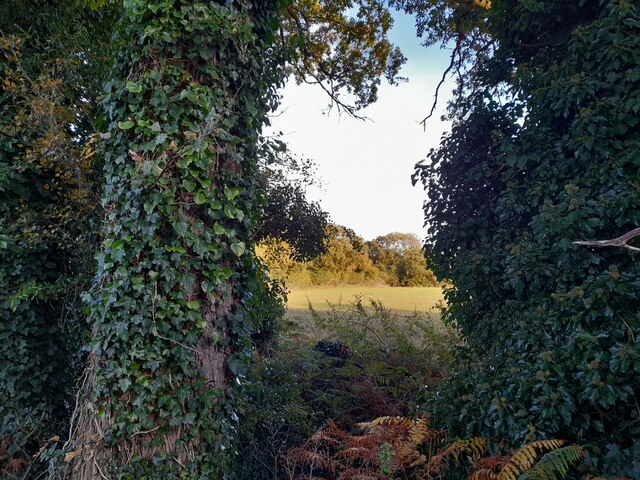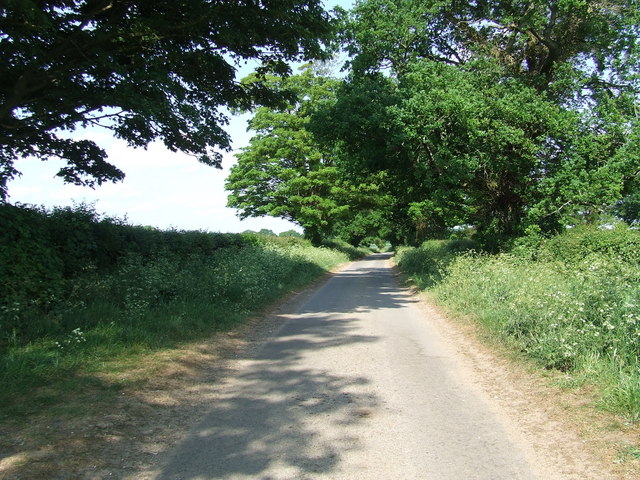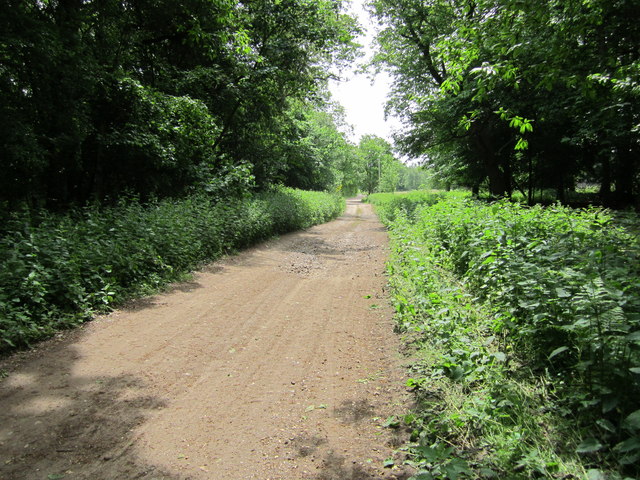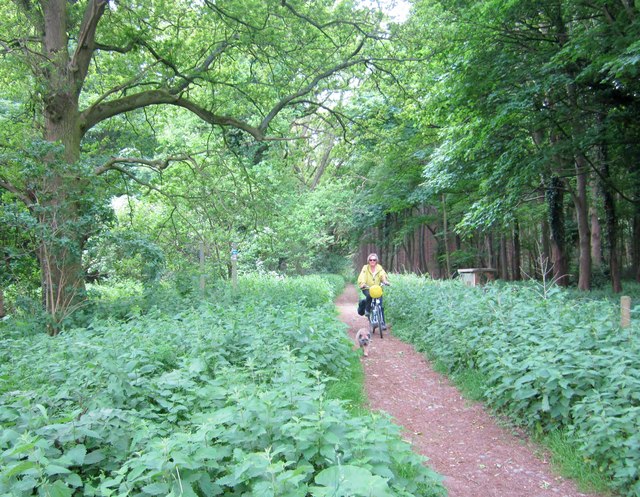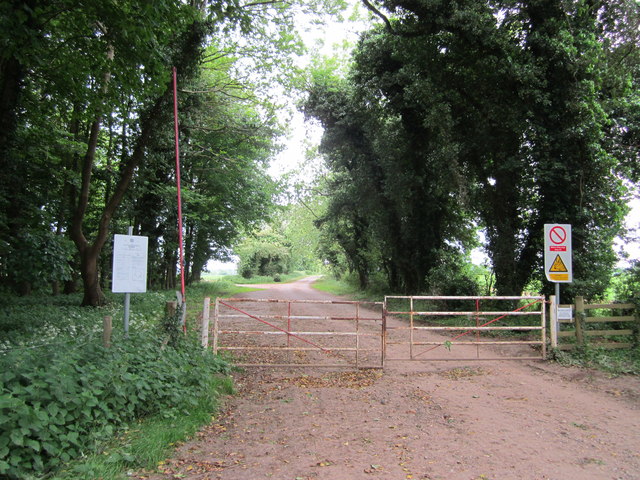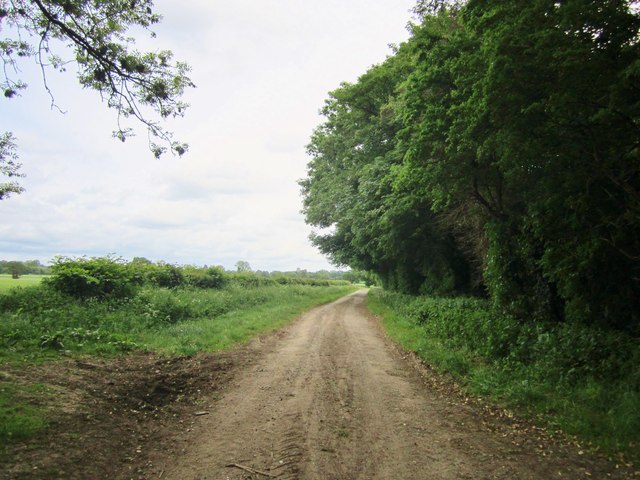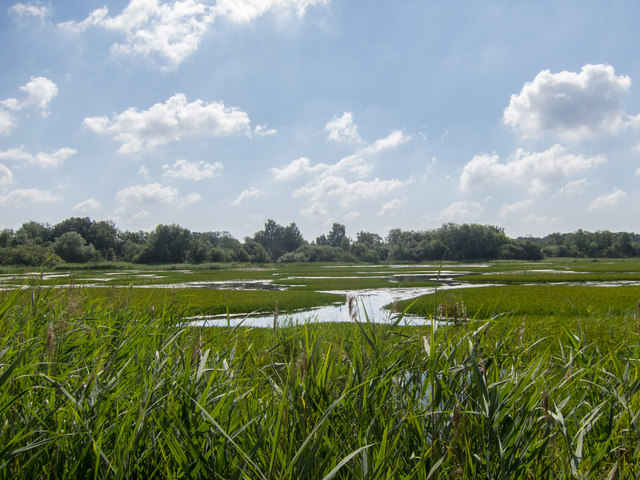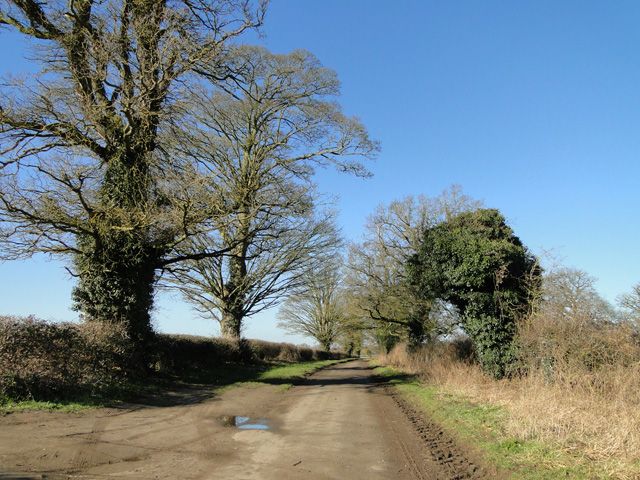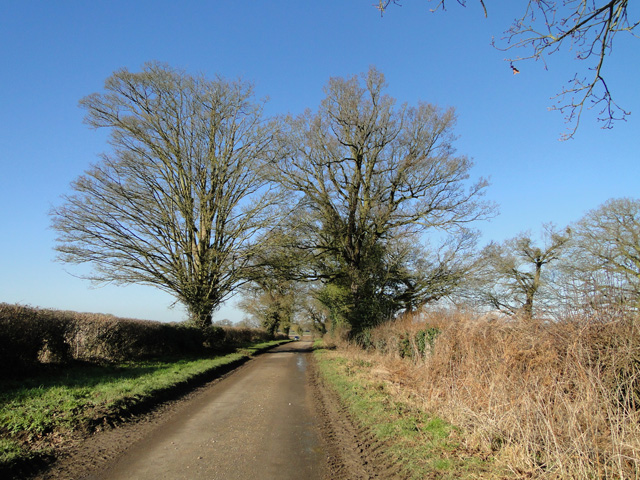Flag Heath
Downs, Moorland in Norfolk Breckland
England
Flag Heath
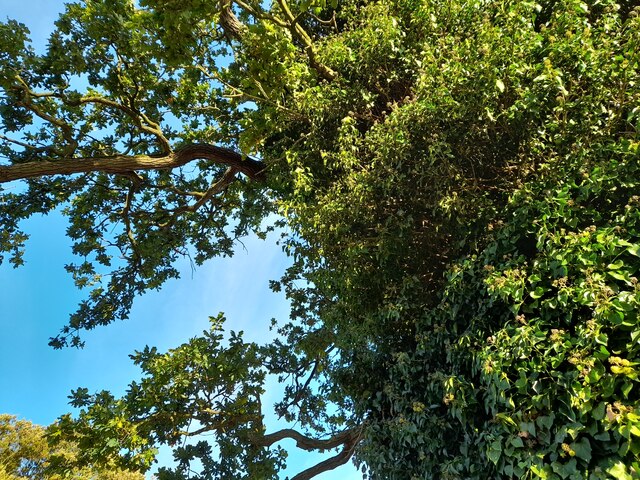
Flag Heath is a small village located in the county of Norfolk, England. Situated in the heart of the Norfolk Downs, it is surrounded by picturesque landscapes and breathtaking views of the countryside. The village is known for its tranquil atmosphere and close-knit community.
The Norfolk Downs, a designated Area of Outstanding Natural Beauty, offers an abundance of opportunities for outdoor activities such as hiking, cycling, and birdwatching. The rugged moorland, with its rolling hills and expansive grasslands, provides a haven for wildlife enthusiasts and nature lovers. The area is home to a variety of species, including rare birds, butterflies, and wildflowers.
Flag Heath itself is a charming village, with a population of approximately 300 residents. The community is known for its strong sense of community spirit, with regular social events and gatherings taking place throughout the year. The village also boasts a well-maintained village green, which is often used for community events and recreational activities.
The village is serviced by a small primary school, which provides education for the local children. Additionally, there is a village hall, which serves as a hub for various community activities and functions.
Flag Heath is well-connected to the nearby towns and cities, with good transportation links providing easy access to amenities and services. The village offers a peaceful and idyllic setting, making it an attractive location for those seeking a rural lifestyle while still being within reach of urban conveniences.
If you have any feedback on the listing, please let us know in the comments section below.
Flag Heath Images
Images are sourced within 2km of 52.512955/0.81726297 or Grid Reference TL9194. Thanks to Geograph Open Source API. All images are credited.
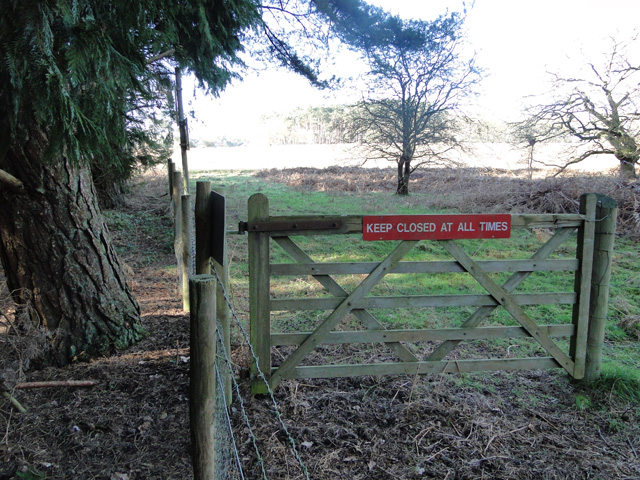
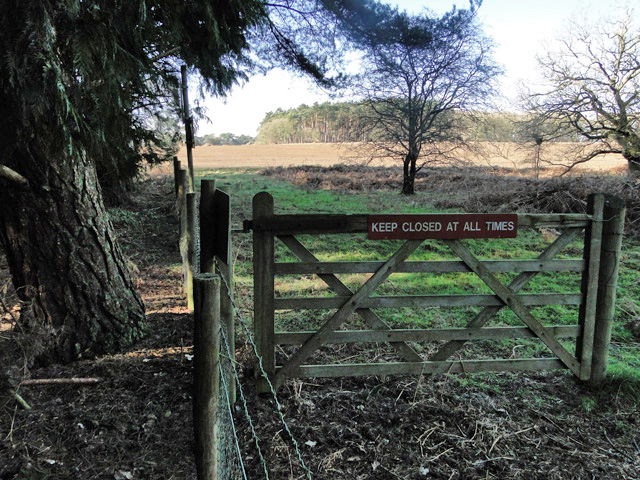
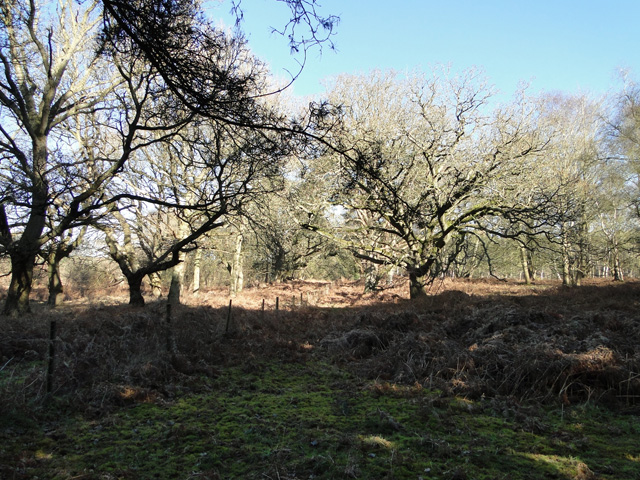
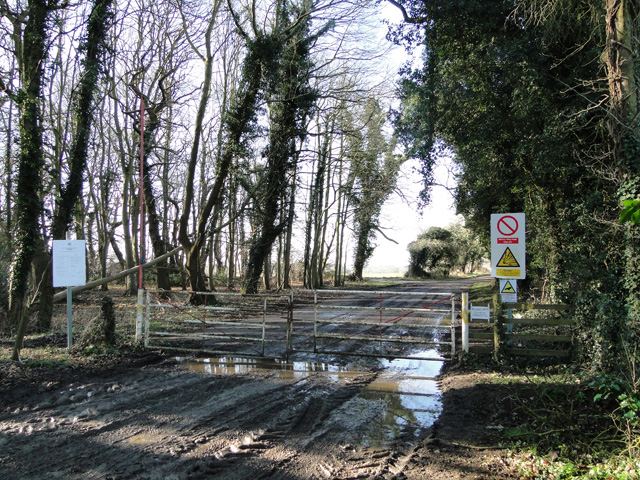
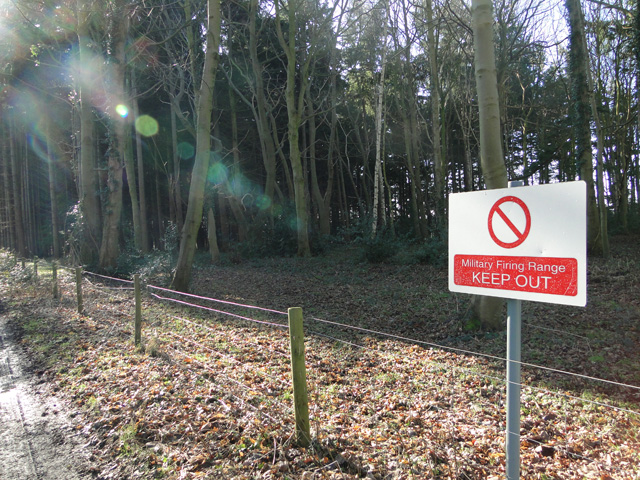
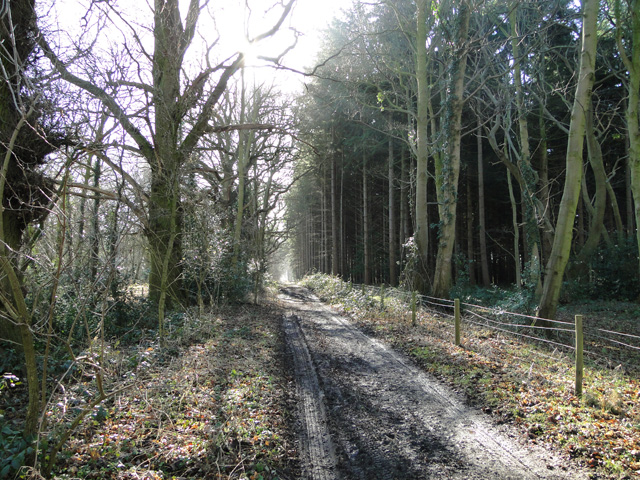
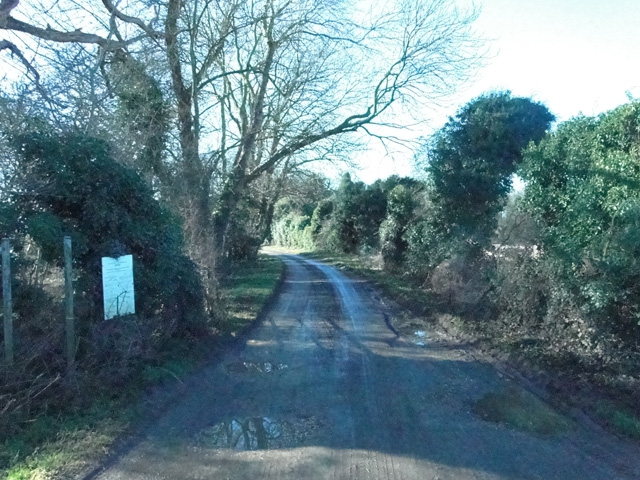
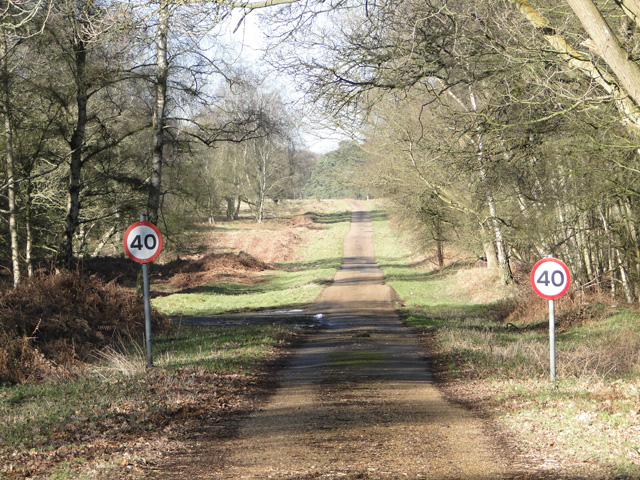
Flag Heath is located at Grid Ref: TL9194 (Lat: 52.512955, Lng: 0.81726297)
Administrative County: Norfolk
District: Breckland
Police Authority: Norfolk
What 3 Words
///twinge.differ.chapels. Near Griston, Norfolk
Nearby Locations
Related Wikis
Great Eastern Pingo Trail
Great Eastern Pingo Trail is 9.2 kilometres (5.7 miles) long footpath along a disused railway line north of Thetford in Norfolk. It is a 4.2-hectare...
Thompson Water, Carr and Common
Thompson Water, Carr and Common is a 154.7-hectare (382-acre) biological Site of Special Scientific Interest north of Thetford in Norfolk. Most of it is...
Cranberry Rough, Hockham
Cranberry Rough is an 81.1-hectare (200-acre) biological and geological Site of Special Scientific Interest in the parish of Hockham, east of Attleborough...
Tottington, Norfolk
Tottington is a deserted village and civil parish in the English county of Norfolk. It is situated some 6.2 miles (10.0 km) north of the town of Thetford...
Nearby Amenities
Located within 500m of 52.512955,0.81726297Have you been to Flag Heath?
Leave your review of Flag Heath below (or comments, questions and feedback).
